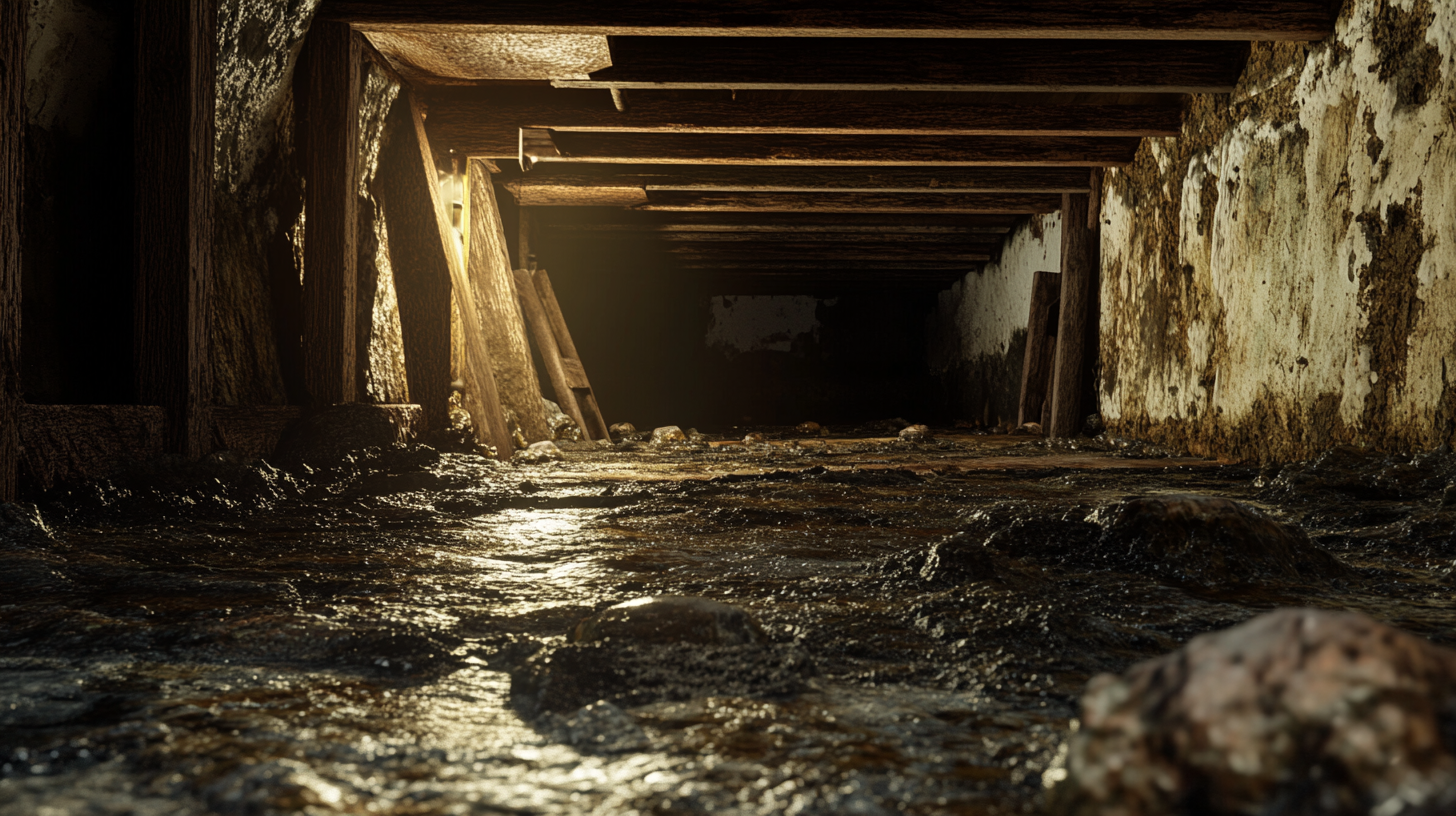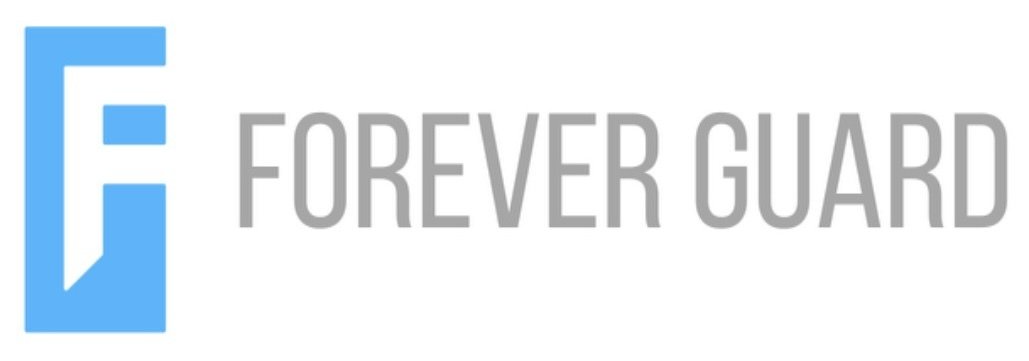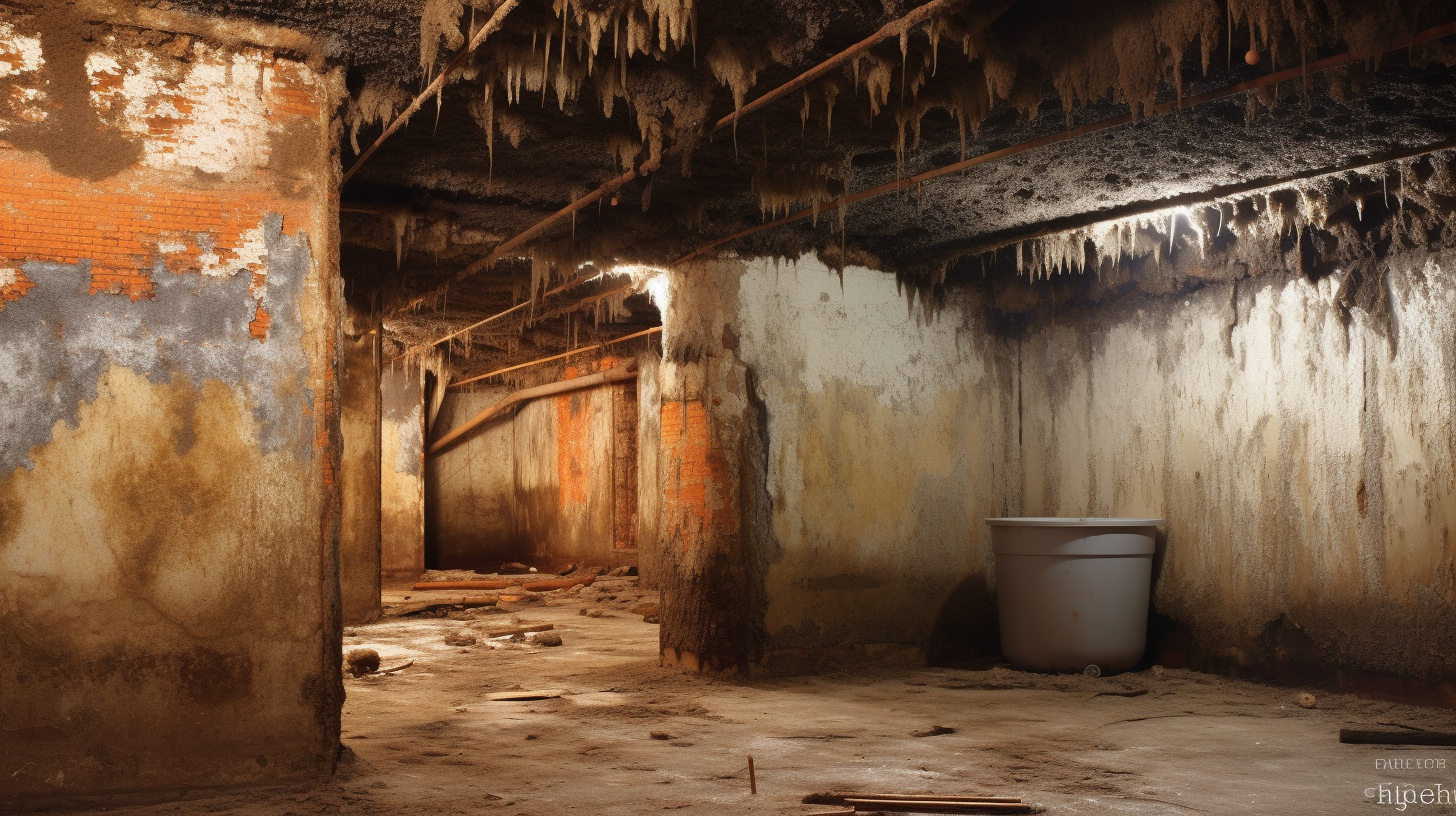Now IS THe Time To...

Crawl Space Services In Knoxville, TN
Stetson Howard: 865-432-6743
CRAWL SPACE ENCAPSULATION, REPAIR, WATERPROOFING & MOLD REMOVAL
No-Obligation, Free Inspections
No-Obligation Free Estimates
We Warranty All of Our Work
100% Satisfaction Guaranteed
Mold prevention is a year-round priority, but the changing seasons bring unique challenges that require proactive and tailored strategies. As temperatures, humidity levels, and weather patterns shift throughout the year, they create conditions that can either encourage or deter mold growth. Addressing these seasonal risks is essential for homeowners seeking to maintain a mold-free and healthy living environment.
During humid summer months, high temperatures and increased moisture can lead to condensation on surfaces, especially in poorly ventilated areas. Spring often brings heavy rains, which can result in water seepage or flooding, increasing the risk of mold in basements and crawlspaces. Fall and winter present their own set of challenges, with fluctuating indoor temperatures and the potential for condensation caused by heating systems and sealed windows.
By adopting season-specific mold prevention strategies, homeowners can stay ahead of these risks. Proactive measures such as improving ventilation in the summer, waterproofing in the spring, and managing indoor humidity during the winter months not only protect the structural integrity of your home but also safeguard your family’s health. This blog delves into the importance of aligning mold prevention efforts with seasonal demands, offering practical tips for every time of the year.
Why Mold Prevention is a Year-Round Effort
Mold’s Natural Growth Cycle
Mold thrives in specific conditions influenced by temperature, humidity, and seasonal patterns, making it a year-round concern. During warmer months, increased humidity and rainfall create the ideal environment for mold spores to settle and grow on damp surfaces. Cooler seasons, on the other hand, bring risks associated with condensation and limited airflow, as homes are often sealed to retain heat.
Mold’s ability to adapt to various conditions underscores the importance of continuous vigilance. Seasonal changes can contribute to cumulative damage if mold prevention is neglected, with issues that start in one season worsening over time. Consistent efforts to control moisture and maintain proper ventilation are essential in disrupting mold’s natural growth cycle and protecting your home year-round.
High-Risk Seasons for Mold Growth
Certain seasons pose heightened risks for mold growth, making proactive prevention especially critical during these times. Spring and summer, with their higher levels of humidity and frequent rainfall, create the perfect conditions for mold to thrive. Homes with insufficient waterproofing or inadequate drainage are particularly vulnerable, as moisture can seep into basements, walls, and other hidden spaces.
Fall and winter bring their own challenges. Colder weather often leads to condensation on windows, walls, and other surfaces as warm indoor air meets cooler exterior temperatures. In sealed homes with limited ventilation, this trapped moisture creates a breeding ground for mold. Addressing these risks through targeted strategies ensures that your home remains mold-free throughout the year.
Spring Mold Prevention Strategies
Addressing Spring Showers and Flood Risks
Spring showers, while refreshing, can bring significant mold risks if not properly managed. To prevent water pooling near your home’s foundation, it is crucial to inspect and clean gutters and downspouts. Blocked gutters can cause water to overflow and seep into walls or basements, creating a prime environment for mold growth. Ensuring that your property’s drainage systems are functional and directing water away from your foundation is equally important. These proactive measures help mitigate the risks associated with heavy spring rains and flooding.
Spring Cleaning for Mold Hotspots
Spring is an ideal time to target areas of the home that are prone to mold, such as basements, attics, and storage spaces. A thorough deep cleaning removes accumulated dust, debris, and moisture that contribute to mold growth. Pay special attention to air vents and ducts, as they can circulate mold spores if not cleaned regularly. By addressing these often-overlooked spaces, you reduce the likelihood of mold establishing itself during the humid months ahead.
Controlling Humidity During Warmer Days
As temperatures rise in spring, controlling indoor humidity becomes a priority. Dehumidifiers are a reliable tool for keeping moisture levels in check, especially in damp-prone areas like basements and bathrooms. On dry days, keeping windows open for cross-ventilation can help circulate fresh air and lower indoor humidity levels. These strategies create a less hospitable environment for mold and keep your home fresh and dry as the season progresses.
Summer Mold Prevention Strategies
Managing High Humidity Levels
Summer’s soaring temperatures often come hand-in-hand with high humidity, creating an ideal environment for mold growth. To counteract this, maintaining indoor humidity levels between 30% and 50% is essential. Dehumidifiers are a reliable tool for achieving this balance, especially in moisture-prone areas such as basements and laundry rooms. Additionally, air conditioners play a dual role in keeping indoor spaces cool while reducing excess humidity, making them a vital part of your mold prevention strategy during the summer months.
Preventing Mold in Outdoor Spaces
Outdoor areas can also fall victim to mold during summer, especially after heavy rains or frequent watering. Regularly inspect outdoor furniture, grills, and decks for signs of mold growth, particularly on surfaces that remain damp. Cleaning these items promptly prevents mold from spreading and potentially being transferred indoors. It’s also important to properly store damp items like hoses, gardening tools, or pool accessories to ensure they dry thoroughly before being brought inside, reducing the risk of mold spores entering your home.
Inspecting High-Moisture Indoor Areas
During the summer, indoor areas with high moisture levels require extra attention. Regularly inspect spaces under sinks, in bathrooms, and near appliances like washing machines for leaks or dampness. Even small, unnoticed water accumulations can create conditions conducive to mold growth. Promptly addressing these issues and ensuring proper ventilation in these areas can significantly reduce mold risks and keep your home comfortable and healthy throughout the season.
Fall Mold Prevention Strategies
Preparing Your Home for Cooler Weather
As fall ushers in cooler weather and frequent rains, preparing your home becomes essential for mold prevention. Sealing windows, doors, and any visible cracks helps to block water intrusion, a primary contributor to mold growth during this season. Clearing gutters and downspouts of fallen leaves and debris ensures that water drains properly, preventing pooling around your foundation or on your roof. These simple but effective steps help safeguard your home from moisture-related risks as autumn progresses.
Checking Seasonal Storage Areas
Fall is often a time to bring out seasonal decorations and other items stored away during the year. Inspect these items carefully for any signs of mold growth before introducing them back into your home. To protect items during the off-season, use airtight and waterproof containers for storage. Properly storing belongings reduces the risk of mold damage and keeps your seasonal spaces clean and organized.
Maintaining Proper Indoor Ventilation
With homes often sealed tightly to retain warmth during the fall, maintaining proper ventilation is crucial. Using exhaust fans in kitchens and bathrooms when cooking or showering helps to reduce condensation, a major source of moisture. Occasionally opening windows to allow fresh air circulation prevents indoor humidity from reaching levels that encourage mold growth. These practices help keep your indoor environment dry and healthy as the temperature drops.
Winter Mold Prevention Strategies
Combating Indoor Condensation
During winter, indoor condensation becomes one of the primary contributors to mold growth. The combination of warm indoor air and cold outdoor temperatures often leads to moisture buildup on windows, walls, and other surfaces. Using a hygrometer to monitor humidity levels is essential; maintaining levels between 30% and 50% can significantly reduce the risk of condensation. Proper insulation for windows is also a crucial step in preventing moisture accumulation. By minimizing condensation, you can effectively eliminate one of the key conditions that allow mold to thrive during the colder months.
Heating System Maintenance
Heating systems, while keeping homes warm, can inadvertently create conditions favorable to mold if not properly maintained. Dust and moisture accumulating in heating ducts and filters can harbor mold spores, which are then circulated throughout the home. Regularly cleaning and inspecting these components ensures that your heating system operates efficiently and without introducing mold risks. Additionally, spaces heated by radiators or space heaters should have adequate ventilation to prevent trapped heat from increasing indoor humidity levels. Proactive maintenance of your heating system helps create a warm, mold-resistant environment during winter.
Inspecting Hidden Areas
Winter is a time when mold often develops in hidden or overlooked spaces. Large furniture placed against external walls can trap condensation, leading to mold growth in areas that are hard to spot. Regularly inspecting behind these pieces of furniture can help identify and address issues early. Basements and crawl spaces are also vulnerable during winter, as leaks or water intrusion from melting snow can create damp conditions. Keeping a close watch on these areas and addressing moisture problems promptly is essential for preventing mold during the season.
FAQs
Recent Blog Posts
Crawl Space News







